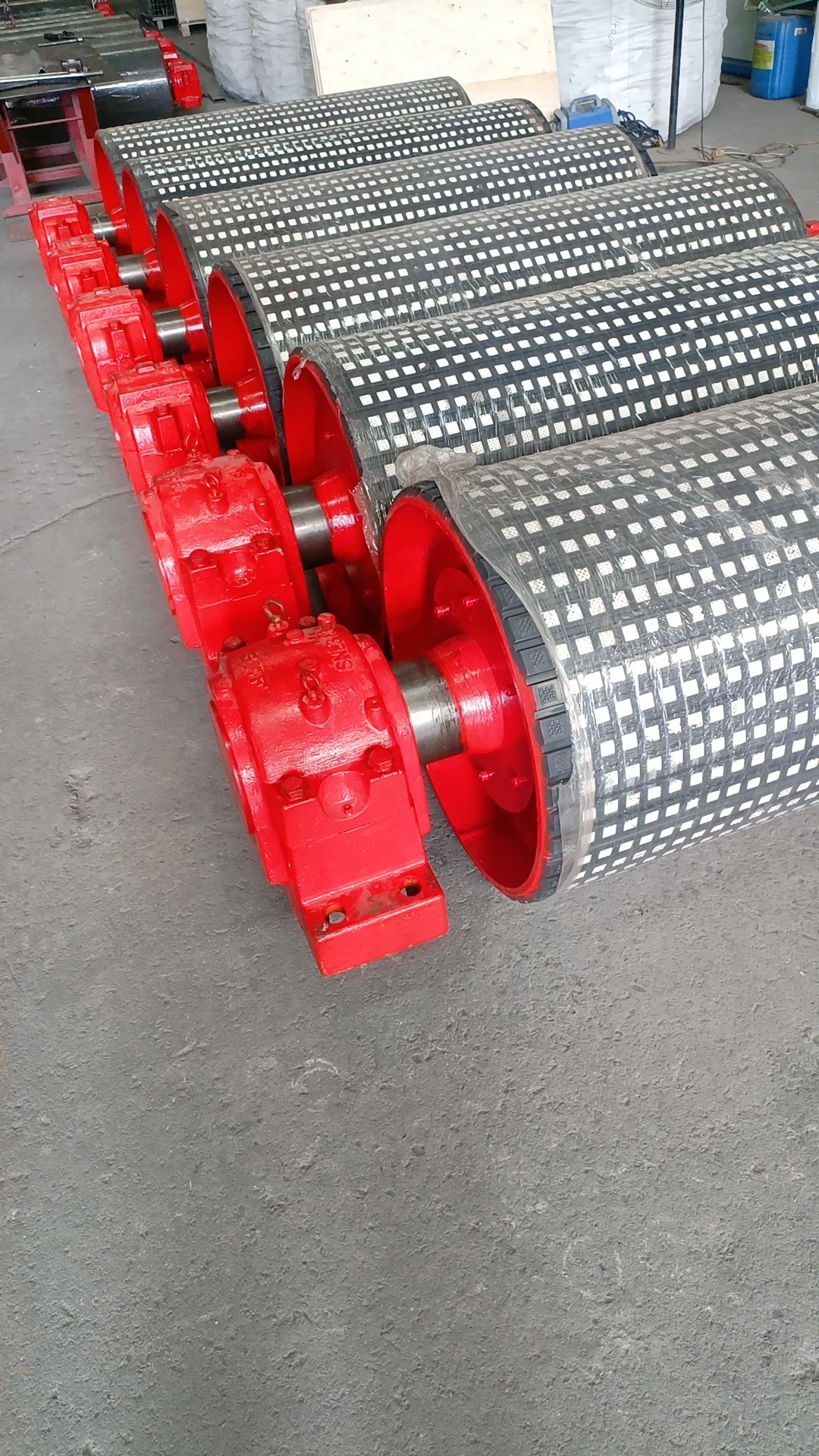 Afrikaans
Afrikaans  Albanian
Albanian  Amharic
Amharic  Arabic
Arabic  Armenian
Armenian  Azerbaijani
Azerbaijani  Basque
Basque  Belarusian
Belarusian  Bengali
Bengali  Bosnian
Bosnian  Bulgarian
Bulgarian  Catalan
Catalan  Cebuano
Cebuano  Corsican
Corsican  Croatian
Croatian  Czech
Czech  Danish
Danish  Dutch
Dutch  English
English  Esperanto
Esperanto  Estonian
Estonian  Finnish
Finnish  French
French  Frisian
Frisian  Galician
Galician  Georgian
Georgian  German
German  Greek
Greek  Gujarati
Gujarati  Haitian Creole
Haitian Creole  hausa
hausa  hawaiian
hawaiian  Hebrew
Hebrew  Hindi
Hindi  Miao
Miao  Hungarian
Hungarian  Icelandic
Icelandic  igbo
igbo  Indonesian
Indonesian  irish
irish  Italian
Italian  Japanese
Japanese  Javanese
Javanese  Kannada
Kannada  kazakh
kazakh  Khmer
Khmer  Rwandese
Rwandese  Korean
Korean  Kurdish
Kurdish  Kyrgyz
Kyrgyz  Lao
Lao  Latin
Latin  Latvian
Latvian  Lithuanian
Lithuanian  Luxembourgish
Luxembourgish  Macedonian
Macedonian  Malgashi
Malgashi  Malay
Malay  Malayalam
Malayalam  Maltese
Maltese  Maori
Maori  Marathi
Marathi  Mongolian
Mongolian  Myanmar
Myanmar  Nepali
Nepali  Norwegian
Norwegian  Norwegian
Norwegian  Occitan
Occitan  Pashto
Pashto  Persian
Persian  Polish
Polish  Portuguese
Portuguese  Punjabi
Punjabi  Romanian
Romanian  Russian
Russian  Samoan
Samoan  Scottish Gaelic
Scottish Gaelic  Serbian
Serbian  Sesotho
Sesotho  Shona
Shona  Sindhi
Sindhi  Sinhala
Sinhala  Slovak
Slovak  Slovenian
Slovenian  Somali
Somali  Spanish
Spanish  Sundanese
Sundanese  Swahili
Swahili  Swedish
Swedish  Tagalog
Tagalog  Tajik
Tajik  Tamil
Tamil  Tatar
Tatar  Telugu
Telugu  Thai
Thai  Turkish
Turkish  Turkmen
Turkmen  Ukrainian
Ukrainian  Urdu
Urdu  Uighur
Uighur  Uzbek
Uzbek  Vietnamese
Vietnamese  Welsh
Welsh  Bantu
Bantu  Yiddish
Yiddish  Yoruba
Yoruba  Zulu
Zulu Rubber Pulleys and Their Applications in Various Industries and Mechanical Systems
The Rubber Pulley An Essential Component in Modern Engineering
In the realm of modern engineering and mechanical design, the humble pulley system plays a pivotal role in the movement of objects and the transmission of power. Among the diverse types of pulleys, the rubber pulley stands out due to its unique properties, durability, and versatility. This article aims to highlight the significance of rubber pulleys in various applications, their design considerations, and the advantages they offer.
Understanding Rubber Pulleys
Rubber pulleys are typically made from high-quality rubber composites, which can include a blend of natural and synthetic rubber. This composition grants them superior flexibility and resilience compared to their metal or plastic counterparts. The primary function of a rubber pulley is to facilitate the smooth transfer of motion or torque in numerous mechanical systems. They are commonly employed in scenarios that require low noise operation, shock absorption, and vibration dampening.
Applications of Rubber Pulleys
Rubber pulleys find applications across numerous industries, including automotive, manufacturing, and conveyor systems. In the automotive sector, they are crucial for the operation of timing belts and accessory drives. Their elasticity allows for smooth transmission of power while reducing the risk of slippage and wear, significantly enhancing the efficiency and lifespan of the engine components.
In manufacturing and processing plants, rubber pulleys are utilized in conveyor belts that transport goods and materials. Their non-slip surface provides superior grip, which is essential for maintaining the stability and safety of transported items. Additionally, rubber pulleys contribute to noise reduction, making them ideal for environments where sound control is vital, such as in food processing and textile industries.
Moreover, the versatility of rubber pulleys extends to outdoor equipment and recreational vehicles, where they are used in winches, lawn mowers, and even bicycles. In these applications, the combination of lightweight design and robust performance allows for easy maneuverability and reliable function under varied operating conditions.
rubber pulley

Design Considerations
When designing a rubber pulley, several factors must be taken into account to ensure optimal performance. First and foremost is the choice of rubber material, which can vary according to the specific demands of the application, such as temperature resistance, chemical exposure, and load-bearing capacity. For instance, silicone rubber may be preferred in high-temperature applications, while neoprene is often used for its oil and chemical resistance.
The pulley’s diameter and belt groove design are also critical in determining how effectively it can transmit power. Larger pulleys generally provide better torque efficiency and increased grip, while smaller pulleys offer advantages in compact systems and limited spaces. Furthermore, the groove design must be crafted to match the specific type of belt being used, whether it’s a flat belt, V-belt, or timing belt.
Advantages of Rubber Pulleys
Rubber pulleys offer several advantages over traditional metal or plastic pulleys. Their elasticity provides superior shock absorption, making them less prone to damage from sudden stress or misalignment. Additionally, the noise-reducing capabilities of rubber make them an attractive choice for applications where sound is a concern.
The reduction of friction that rubber materials provide also translates to lower energy consumption, as less power is required to overcome resistance. This can lead to cost savings for industries where efficiency is paramount. Furthermore, the inherent slip-resistance of rubber helps in maintaining precise control over motion, which is crucial in applications requiring high accuracy and reliability.
Conclusion
In conclusion, rubber pulleys play a vital role in enhancing the performance and efficiency of various mechanical systems. Their unique properties, combined with their versatility, make them indispensable in multiple industries. As technology continues to advance, it is likely that the application of rubber pulleys will expand even further, contributing to more innovative solutions and engineering designs. Emphasizing their importance not just in terms of functionality but also in potential energy savings and noise reduction positions rubber pulleys as a key component in the future of engineering and manufacturing.
-
Revolutionizing Conveyor Reliability with Advanced Rubber Lagging PulleysNewsJul.22,2025
-
Powering Precision and Durability with Expert Manufacturers of Conveyor ComponentsNewsJul.22,2025
-
Optimizing Conveyor Systems with Advanced Conveyor AccessoriesNewsJul.22,2025
-
Maximize Conveyor Efficiency with Quality Conveyor Idler PulleysNewsJul.22,2025
-
Future-Proof Your Conveyor System with High-Performance Polyurethane RollerNewsJul.22,2025
-
Driving Efficiency Forward with Quality Idlers and RollersNewsJul.22,2025





























